Noam Toran - Redefining and Informing MacGuffins
- ibslaughton4
- Apr 21, 2020
- 3 min read
Updated: Apr 28, 2020
Born in 1975, Noam Toran is an American artist and designer currently working in Amsterdam. For the purposes of this project, I have looked and his short film "Desire Management" and his "MacGuffin Library" collection.
Here are my research sheets for both works.
For me, "Desire Management" addresses an aspect of MacGuffins that I have not explored yet, that being human desire. His short film showing a series of individuals and their relationship to a certain bespoke object initially left me curious as to why these people were so drawn to their object. Upon reflection, it occurred to me that this piece may be commenting on the arbitrary nature of what we value and why, especially when it comes to non-essential objects and possessions. This may begin to explain why we are easily convinced of characters' desire for MacGuffins in movies, even when we can't relate to desiring that specific thing because we can all relate to desiring something.
As the objects in Desire Management are particularly peculiar, it is harder to relate to their specific desires, however, the individuals' desires still make sense. We just may regard them as different from our own.
"The MacGuffin Library" was an extremely relevant reference for me, not least because of its title. The definition of a MacGuffin proposed by this project bought into focus an aspect of the MacGuffin that I had not yet considered: that it serves the singular purpose of driving a narrative. This suggests that a MacGuffin has to have no use or purpose aside from driving the plot, for example, it could not be a sword that people pursue and then kills someone, because then it will have both driven the narrative and served the purpose of killing. Looking back on the examples of MacGuffins I have looked at so far, this distinction applies to all of them.
However, there is a nuance in terms of the MacGuffin's singular use, which is that it may have another use, just is not used for this in the context of the narrative. Using my example from before, if the sword was just pursued but didn't kill a character from the story, although it has the potential to be used as a weapon, it can be classed as a MacGuffin because its only purpose in the narrative was to be pursued.
The process of making The MacGuffin Library interested me, as it reversed the typical order of events of a MacGuffin defining a narrative. Toran authored a film synopses first without knowing what the MacGuffin may be, then used the narrative to design and manufacture the object as the final outcome. Put simply: Instead of the object driving the narrative, the narrative imbued the object with meaning.
According to the Royal College of Art's archives, The MacGuffin Library was influenced by Raymond Carver's short stories and art forgeries. I found synopses of Carver's stories in The Newyorker Magazine's archives, which were written in a similar style to Toran's synopses in The MacGuffin Library. I looked into art forgeries, trying to find out more about valuing art and the process of replicating with the aim of deceiving. I was intrigued by Leonardo Da Vinci's "The Virgin of the Rocks", as there are two versions, one of which is a fake, however, no one can be certain which is the real one. This affects how the piece of art is valued, and its conversation shifts from what it is as a piece of art to whether it is the real thing or not. This seems to be a parallel with MacGuffins: Virgin of the Rocks is desired, however can be overshadowed by the drama of working out which one is real.

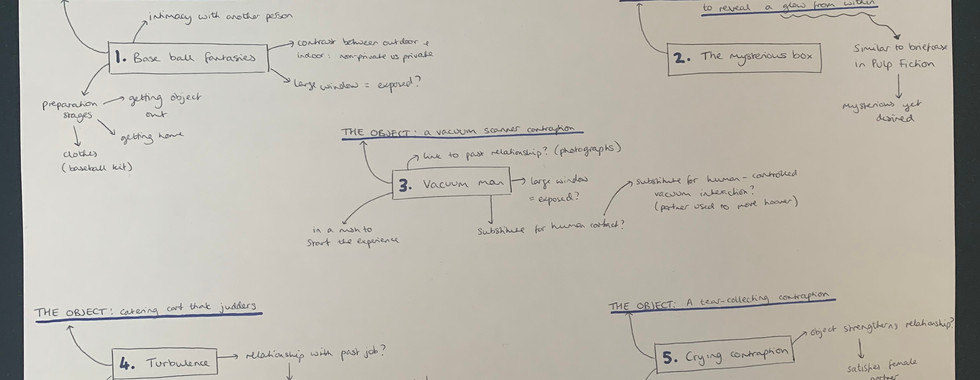





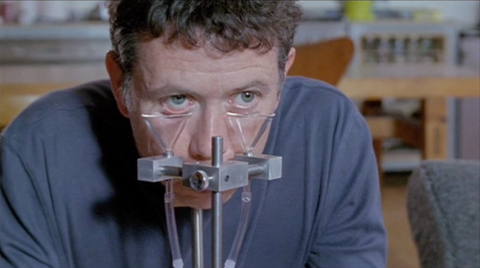

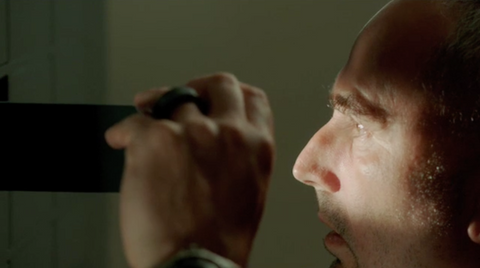







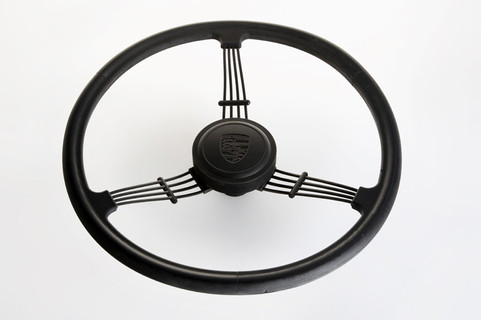



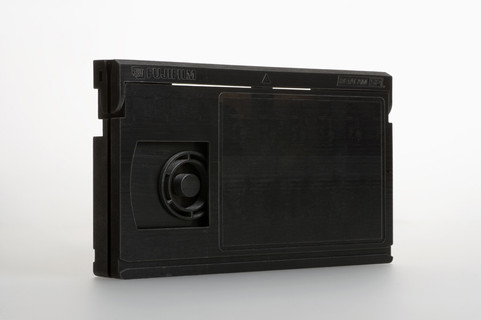

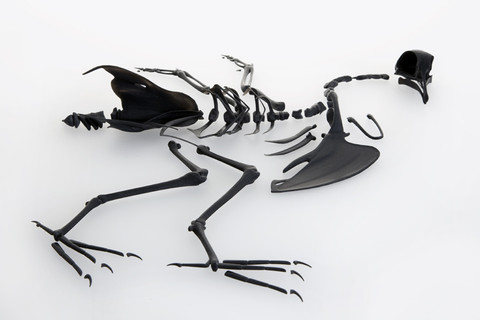



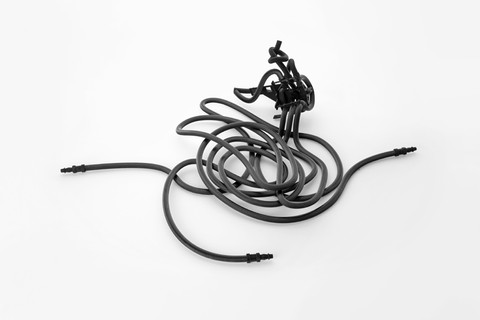












Comments